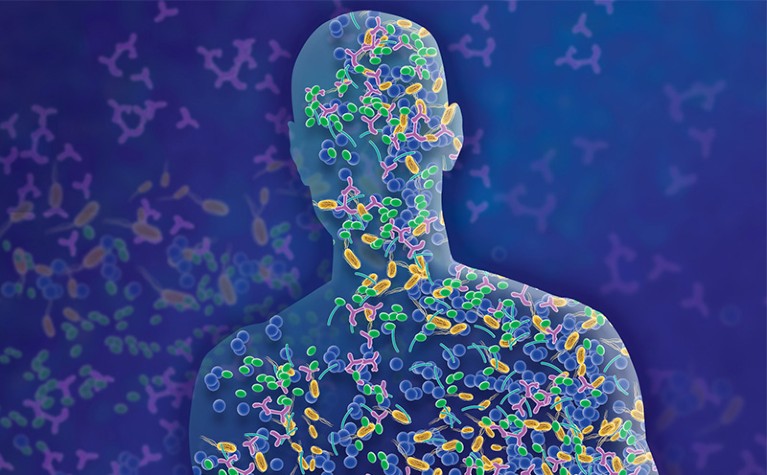
Credit: Darryl Leja/NHGRI
Biomedical scientists don’t believe in miracles. Instead they put their faith in the accumulation of advances, some big, some small, always building on the work of others, always accompanied by setbacks and disappointments.
That is the process of progress which raised global average worldwide life expectancy from 52 in 1960 to 72 in 2016. This supplement, a first for Nature Index in its focus on the biomedical sciences, highlights some of the discoveries and innovations that may lead to further improvements in human health and lifespan.
Nature Index 2019 Biomedical Sciences
Our analysis draws on a subset of 55 journals among the 82 journals in the Nature Index. The subset journals, some of them multidisciplinary, publish articles in 27 areas of biomedical research.
While the article count for biomedical sciences in the Nature Index has held steady for the past six years, the discipline is changing rapidly. Biochemistry and cell biology, and genetics are the biggest fields by article count but microbiology and biomedical engineering, reaping rewards from CRISPR and the microbiome, are the fastest rising among the top 10 fields of research.
The share of internationally collaborative articles increased from 37.5% to 44% of the total between 2012 and 2018, while the proportion of articles produced solely within a single institution declined even more sharply, from 31% to 23%. And the United States’s lead in biomedical science, which had seemed unassailable, is shrinking, thanks to China’s dramatic rise in output.
By the middle of the century, when global average lifespan is forecast to approach 80, and personalized medicine is mainstream — likely due at least in part to developments outlined in this supplement — the global research picture will again be transformed.

 Rapid progress transforms ideals of health
Rapid progress transforms ideals of health
 New tools for new treatments
New tools for new treatments
 Lili Milani banks Estonia’s genomic potential
Lili Milani banks Estonia’s genomic potential
 Companies persist with biomedical papers
Companies persist with biomedical papers
 Stem-cell and genetic therapies make a healthy marriage
Stem-cell and genetic therapies make a healthy marriage








